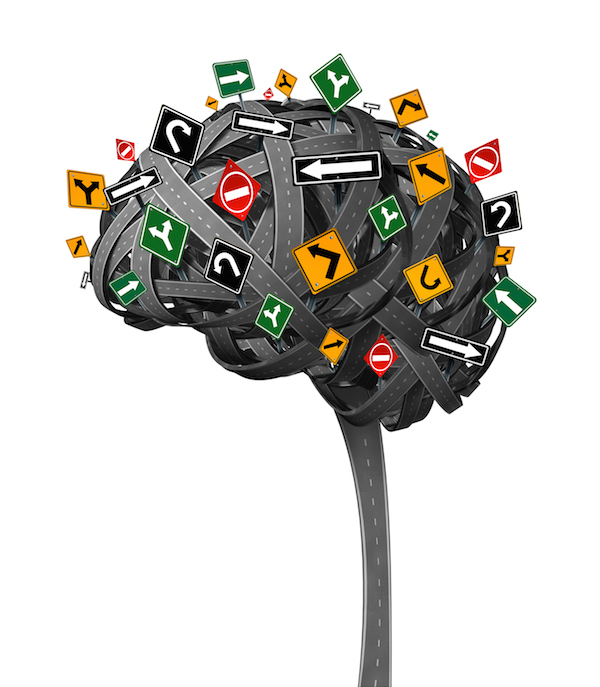
FRIDAY, Oct. 12 (HealthDay News) — Standards used to diagnose concussion in college athletes are inconsistent and require clearer definitions and better tools to make the diagnosis, researchers report.
Their five-year study included 450 male and female athletes who played on football and hockey teams at three major U.S. universities: Brown University, Dartmouth College and Virginia Tech.
During the study period, concussions were diagnosed in 44 of the athletes. Four of them had two diagnosed concussions, resulting in a total of 48 diagnosed concussions. A specific impact could be linked with 31 of the concussions, but that was not the case in the other 17 concussions.
Mental cloudiness, headache and dizziness were the most commonly reported symptoms of concussion. Only one athlete with a concussion lost consciousness. An immediate diagnosis of concussion was made six times, and many athletes did not start having symptoms until several hours after their head injury.
The researchers noted that concussion diagnosis is largely based on athletes’ reported symptoms, which can vary greatly and may not be the best way to determine who is at risk for future concussion-related neurological and psychiatric problems.
In addition, the way the term “concussion” is used in sports injuries may differ from how it is used in other medical circumstances, potentially hindering communication about the factors most likely to affect patient outcomes, the study authors noted in a news release from Massachusetts General Hospital.
“The term ‘concussion’ means different things to different people, and it’s not yet clear that the signs and symptoms we now use to make a diagnosis will ultimately prove to be the most important pieces of this complicated puzzle,” study leader Dr. Ann-Christine Duhaime, director of the pediatric brain trauma lab at Massachusetts General Hospital, said in the news release.
“Some patients who receive a diagnosis of concussion go on to have very few problems, and some who are not diagnosed because they have no immediate symptoms may have sustained a lot of force to the head with potentially serious consequences,” she explained.
The study was published in the Oct. 2 issue of the Journal of Neurosurgery.
More information
The American Academy of Family Physicians has more about concussion.

